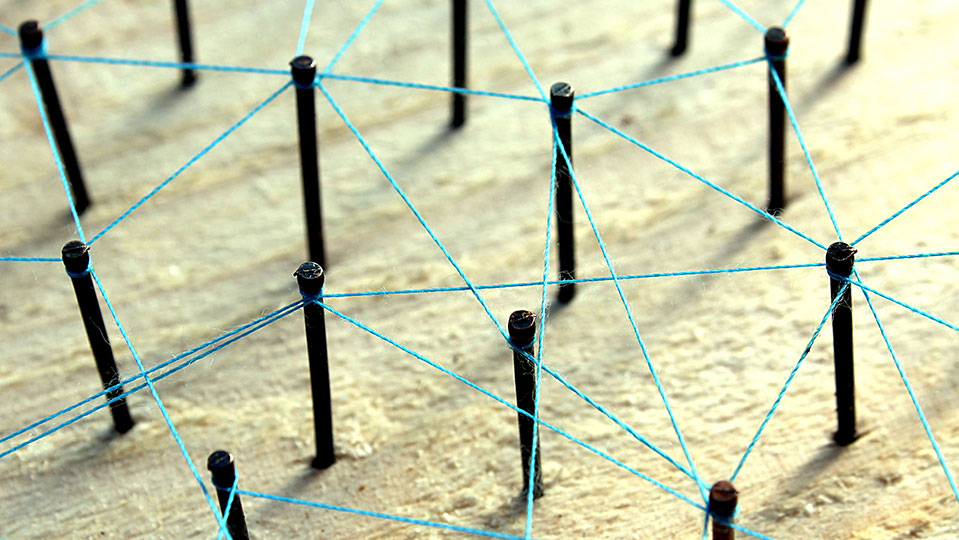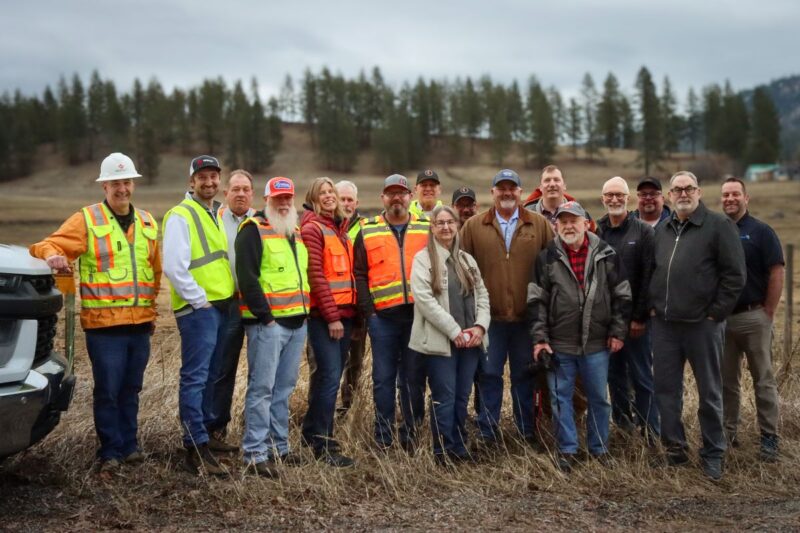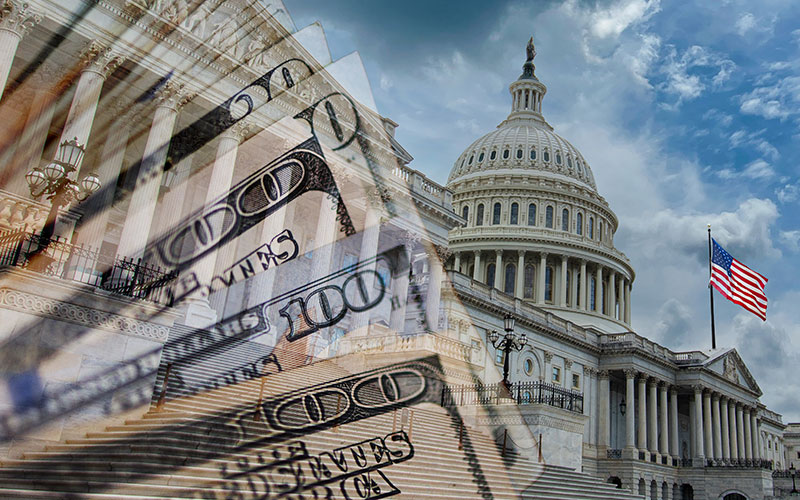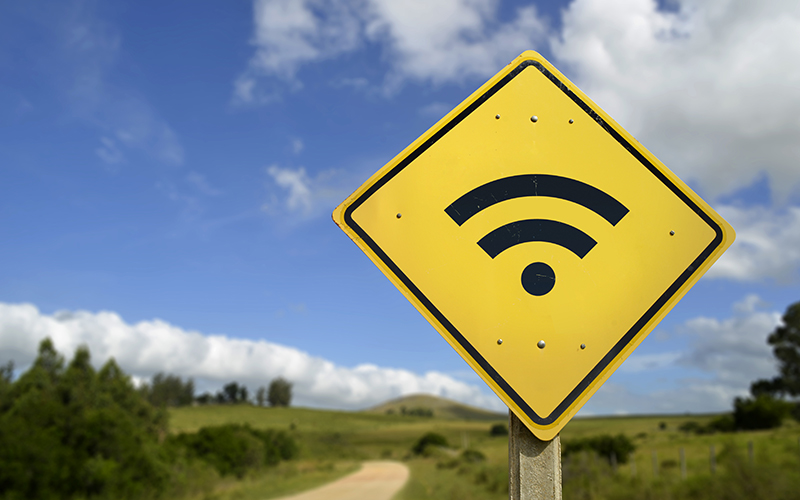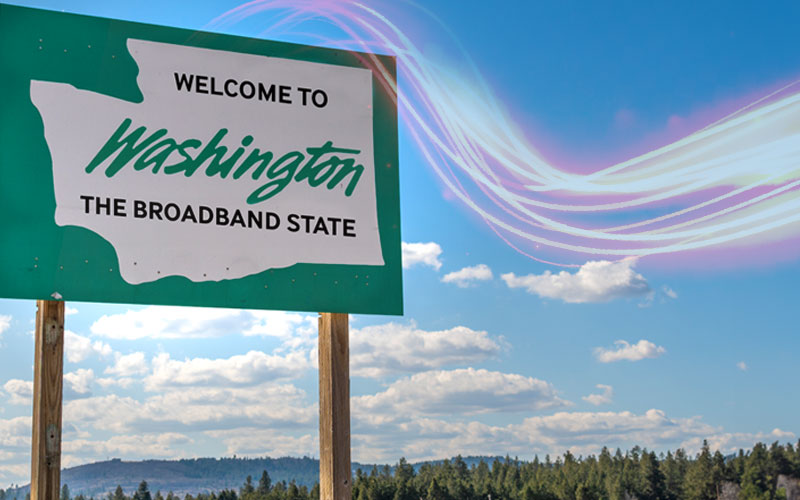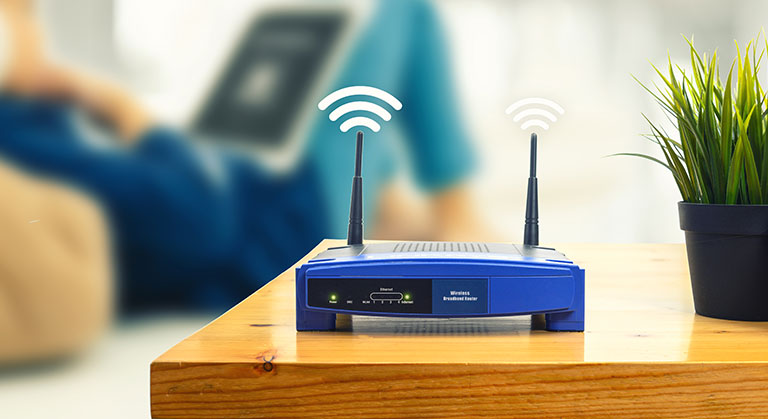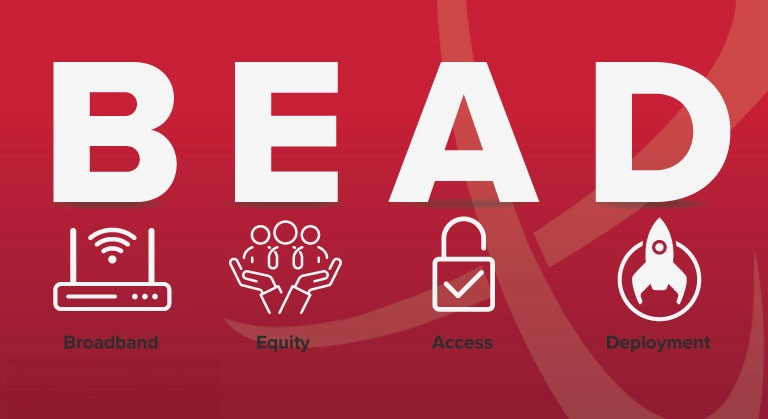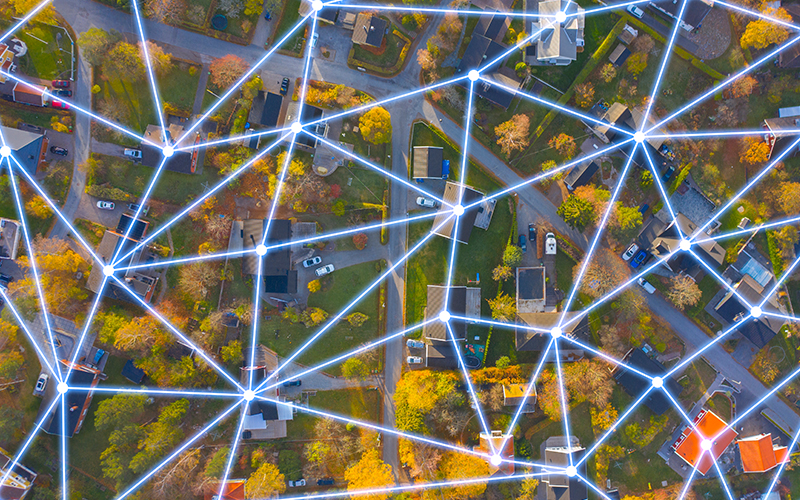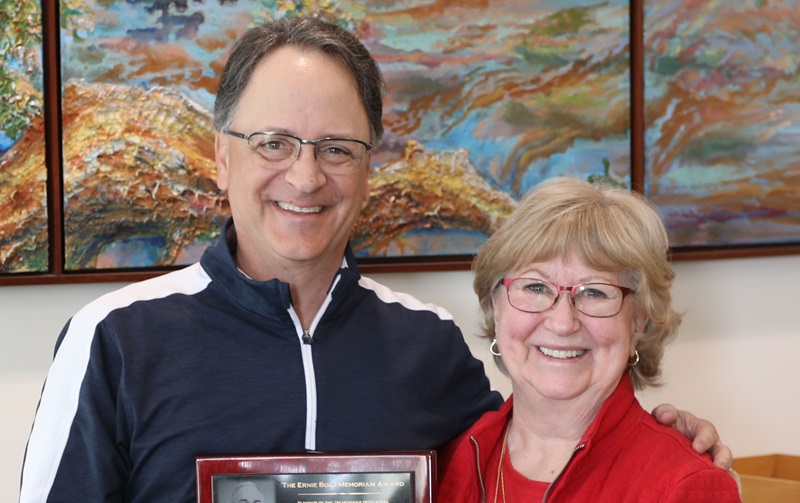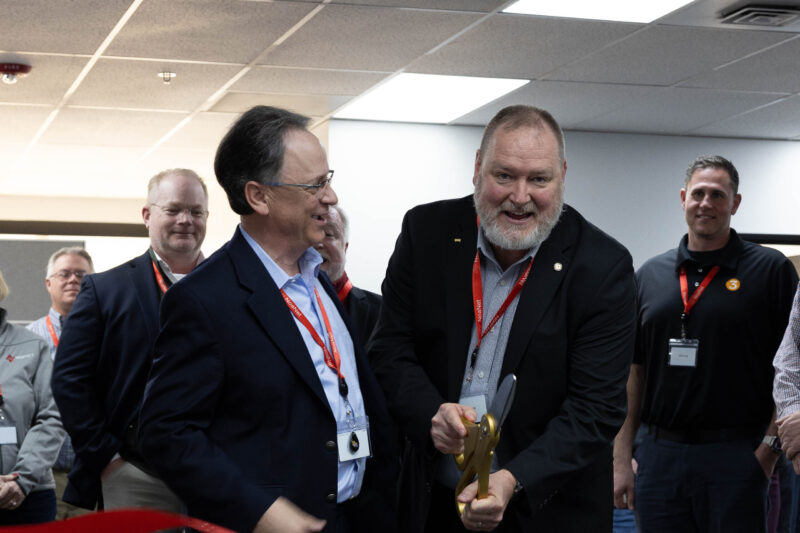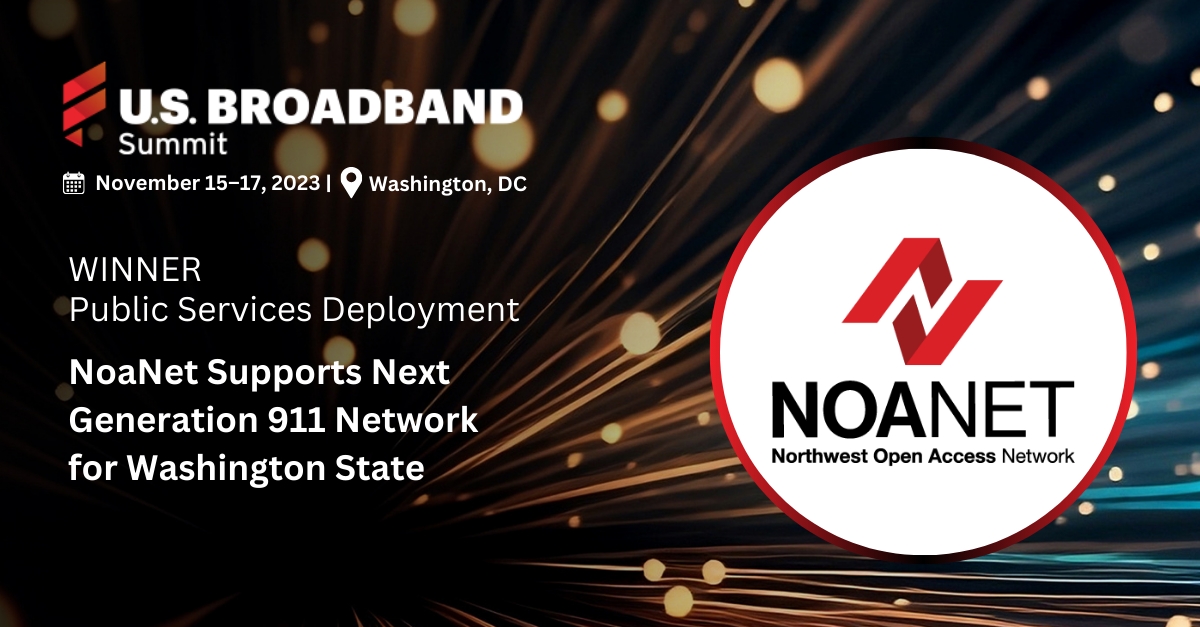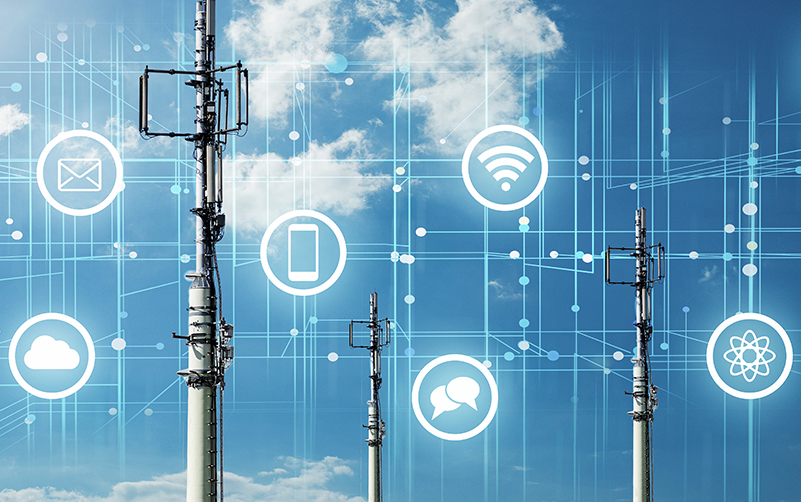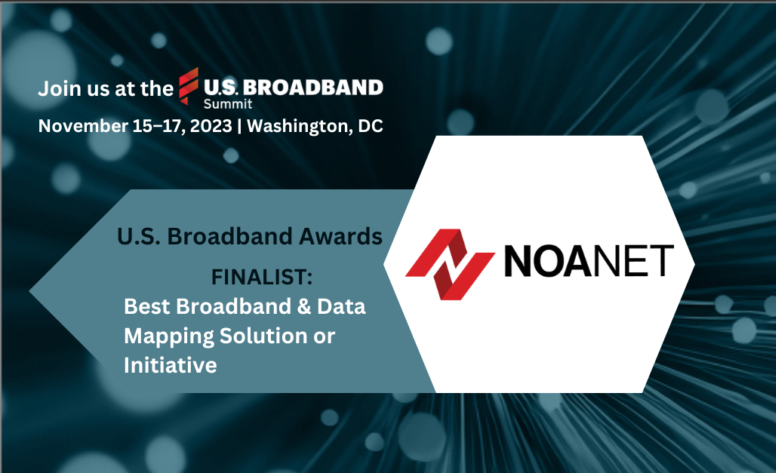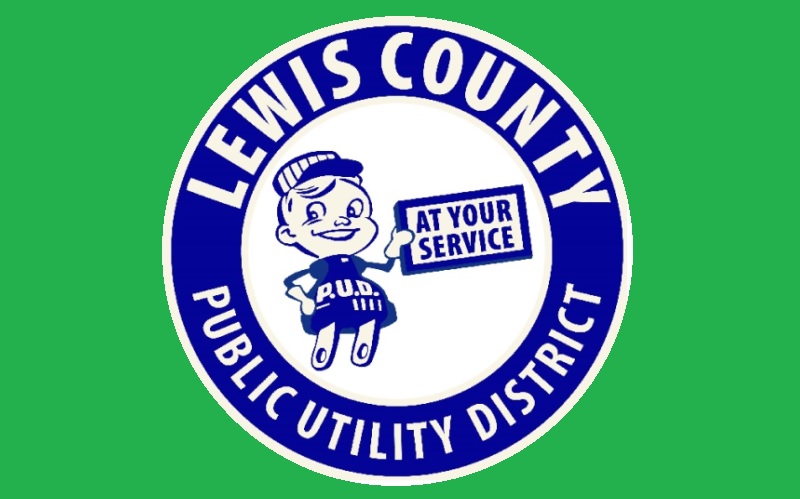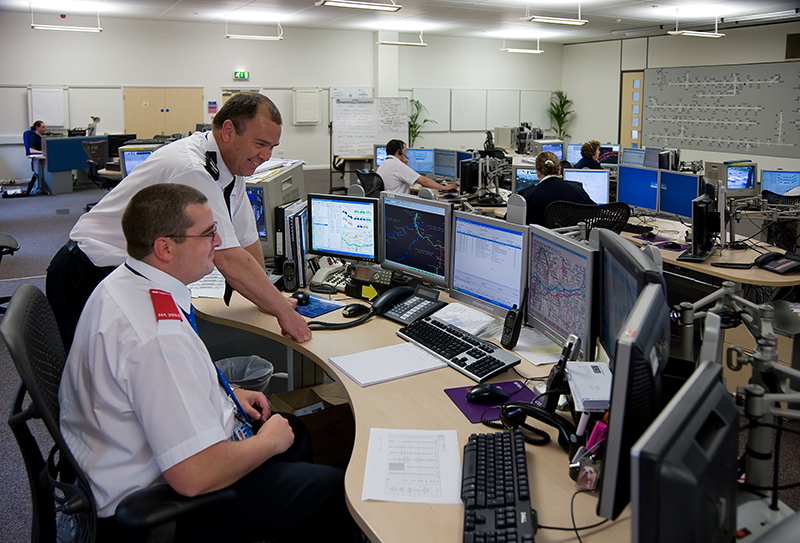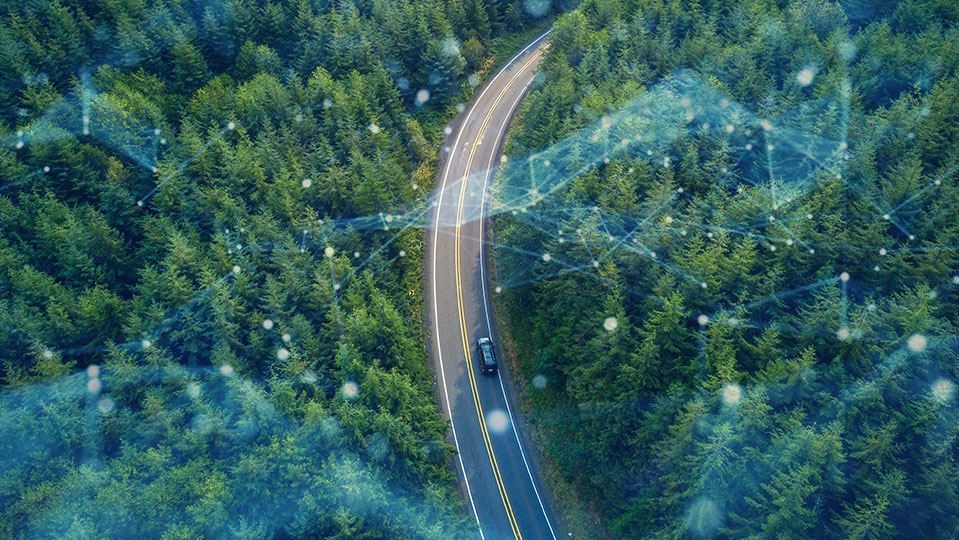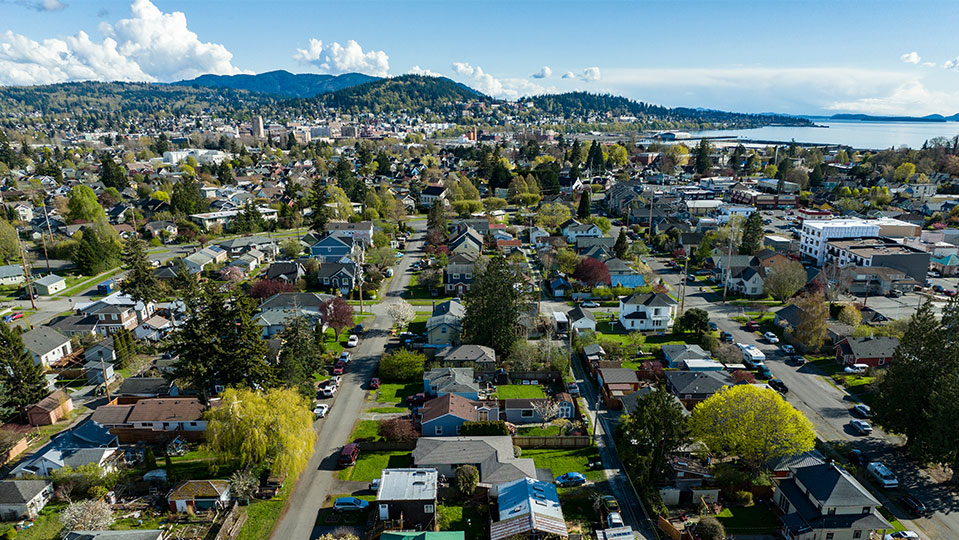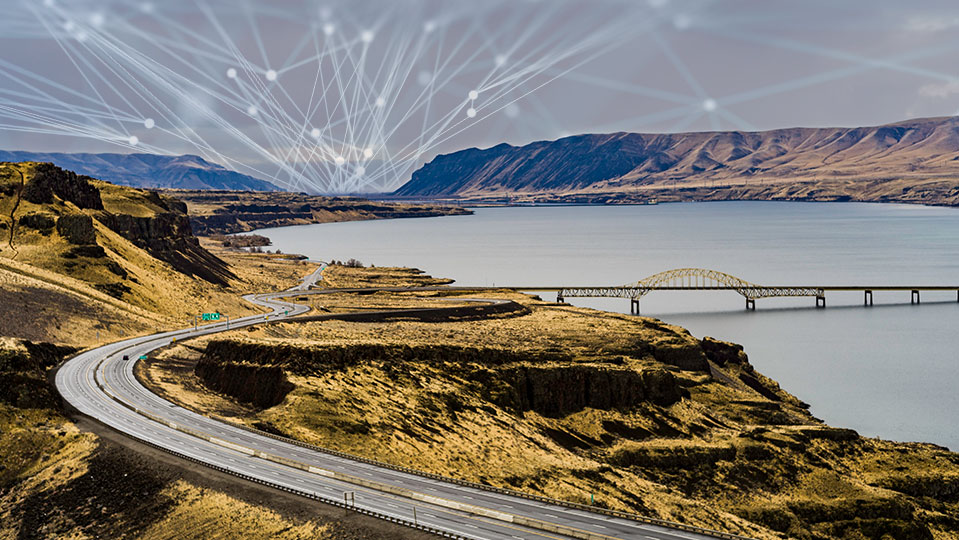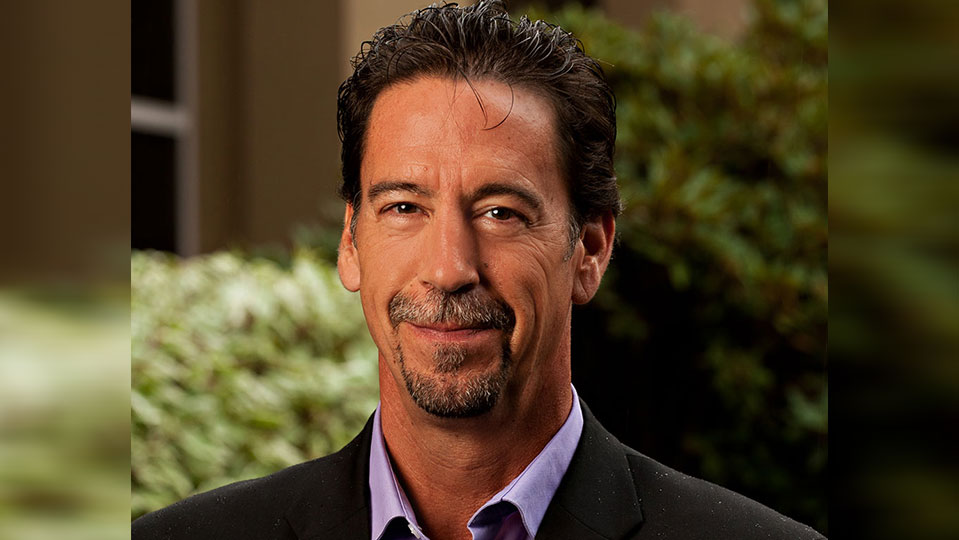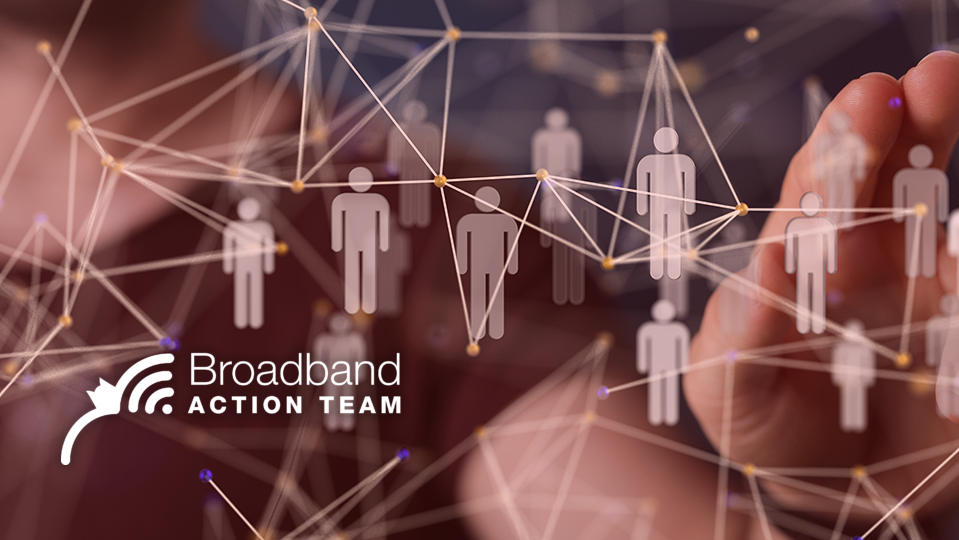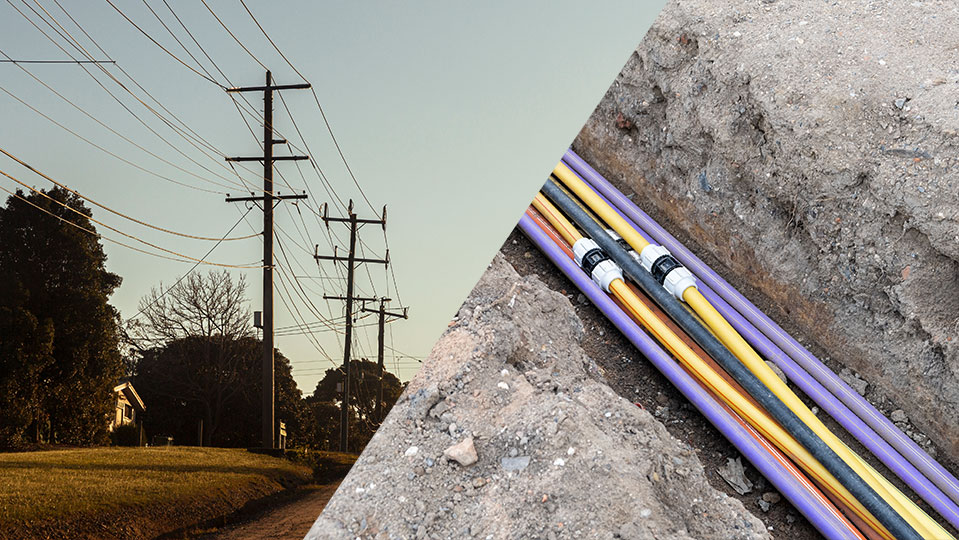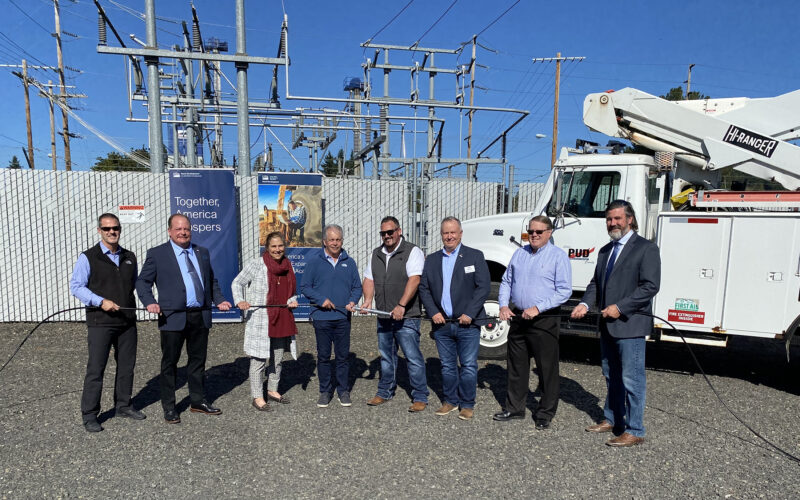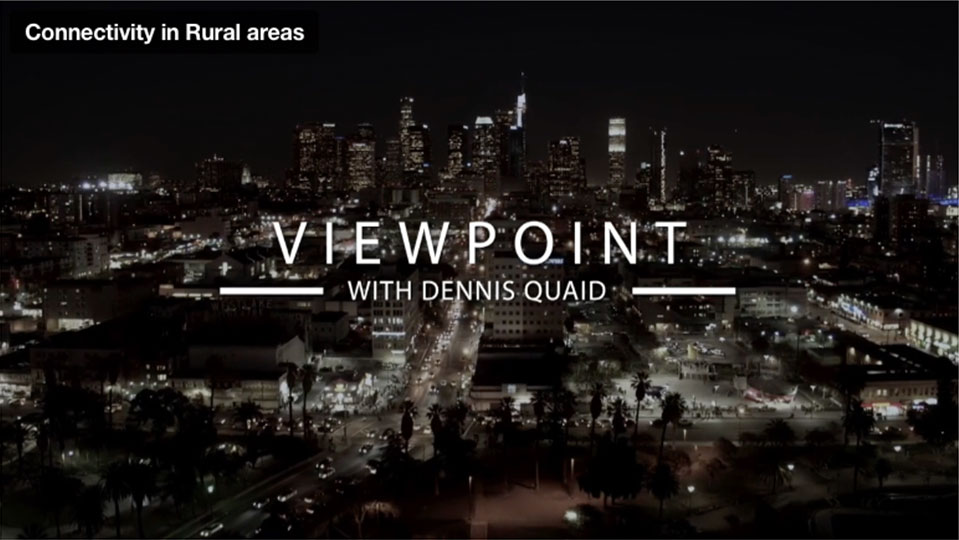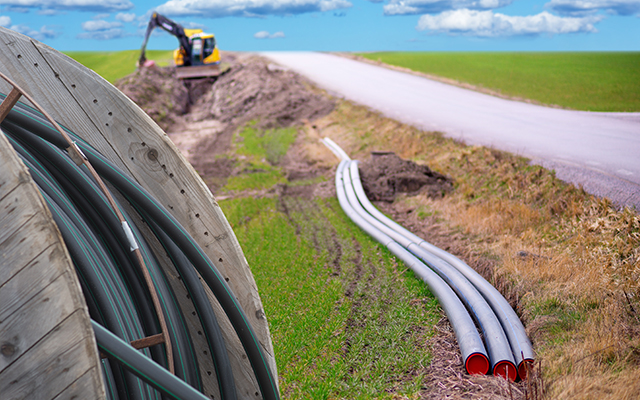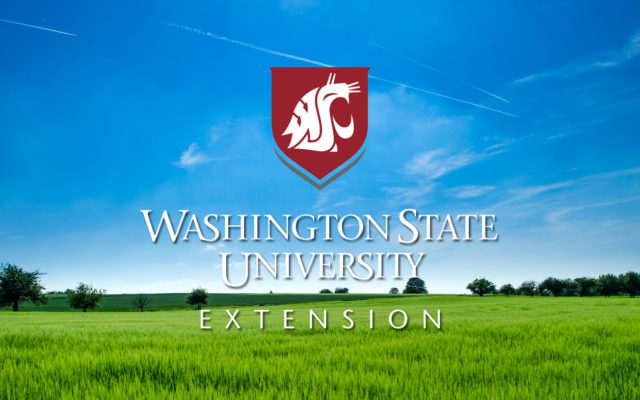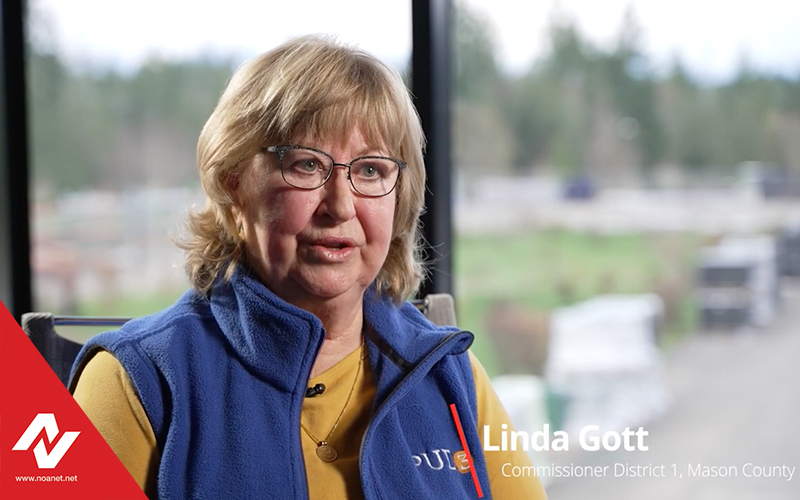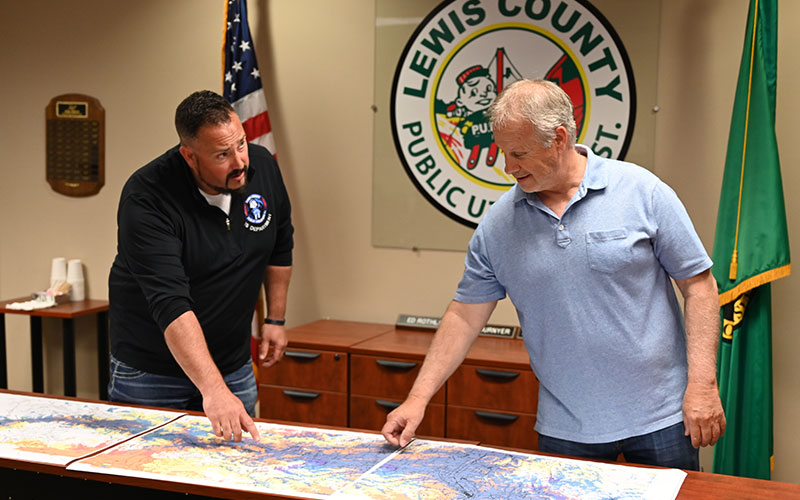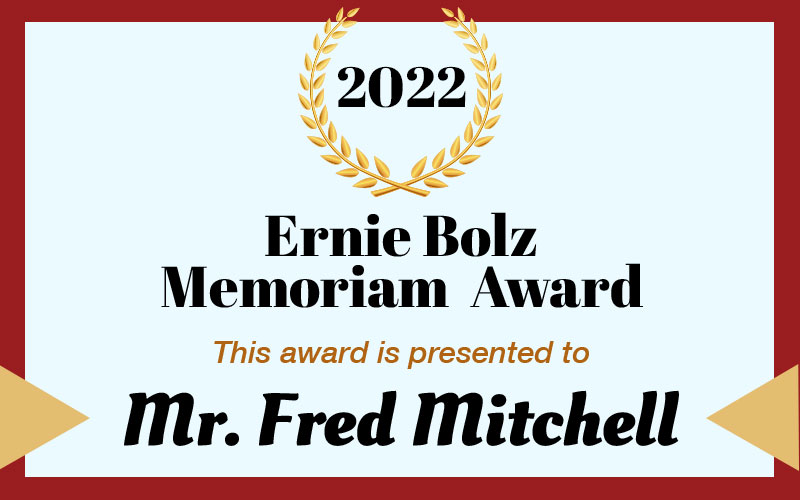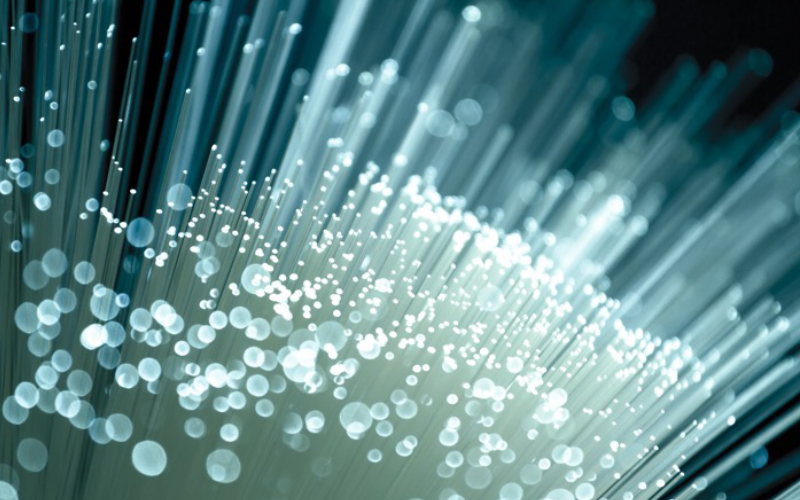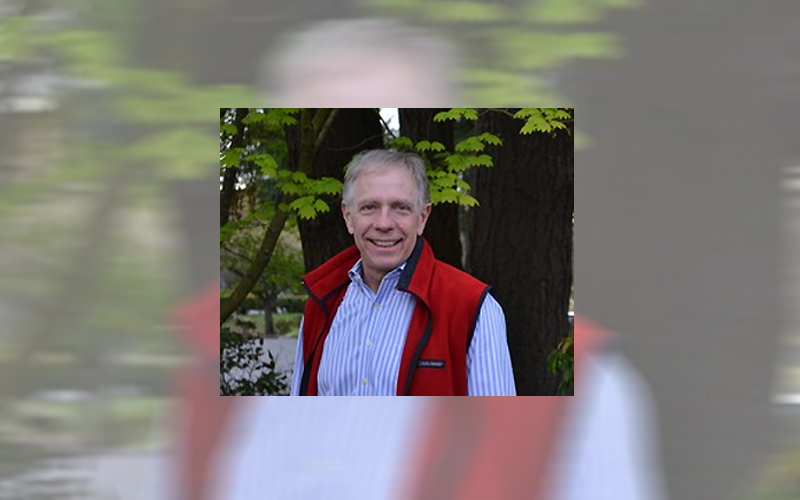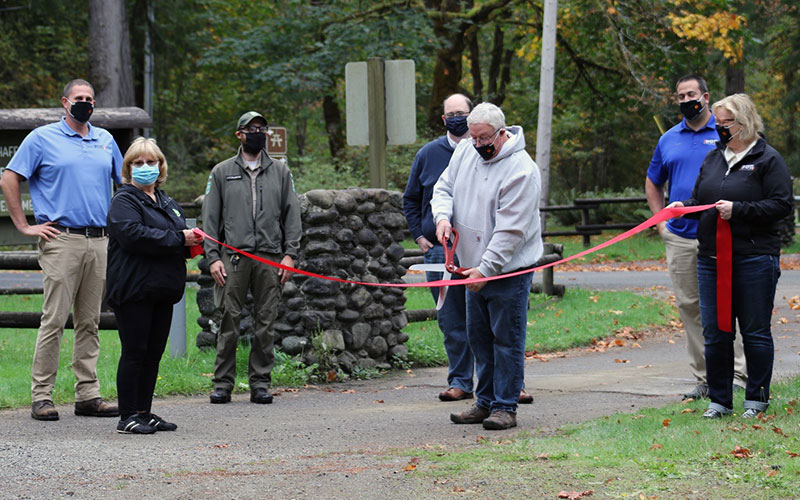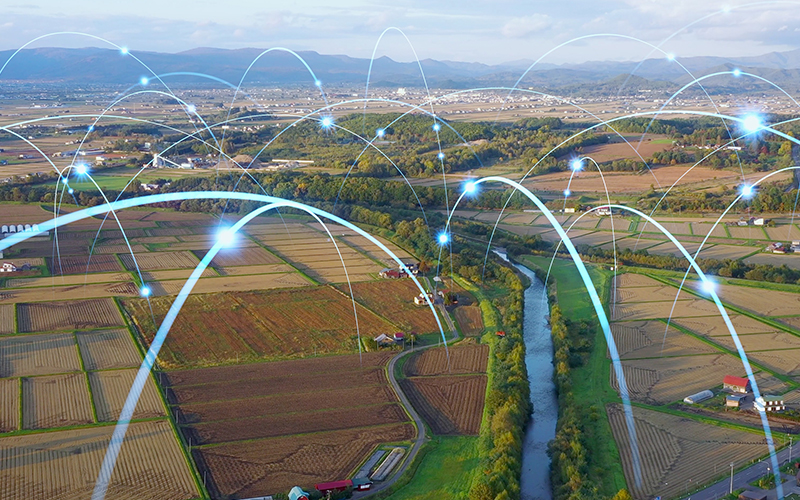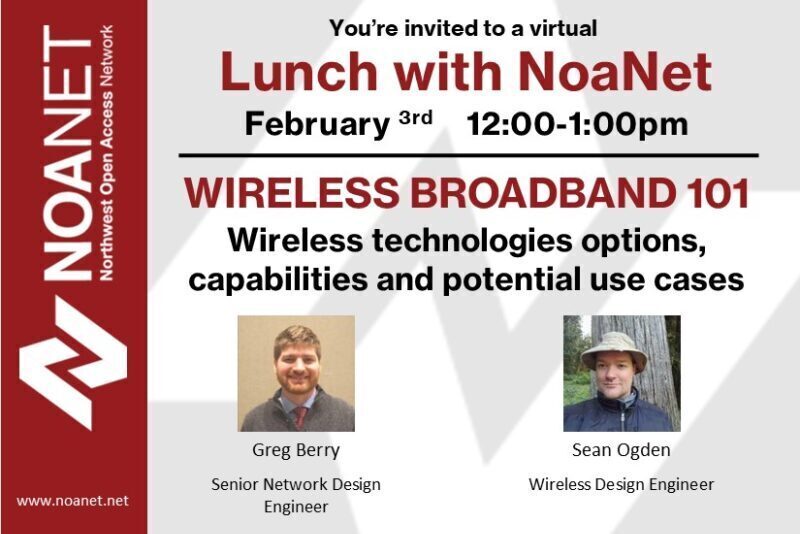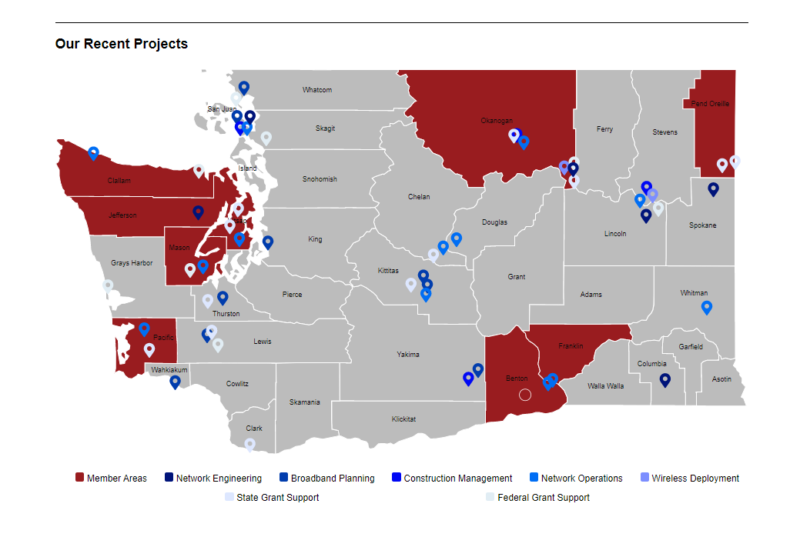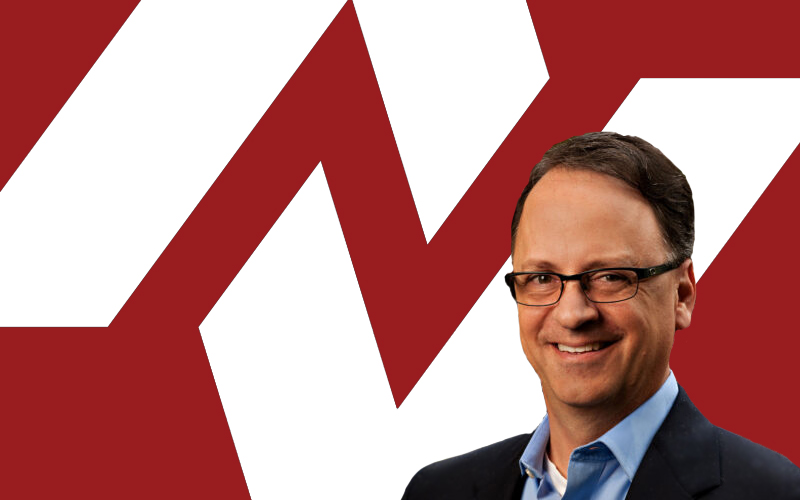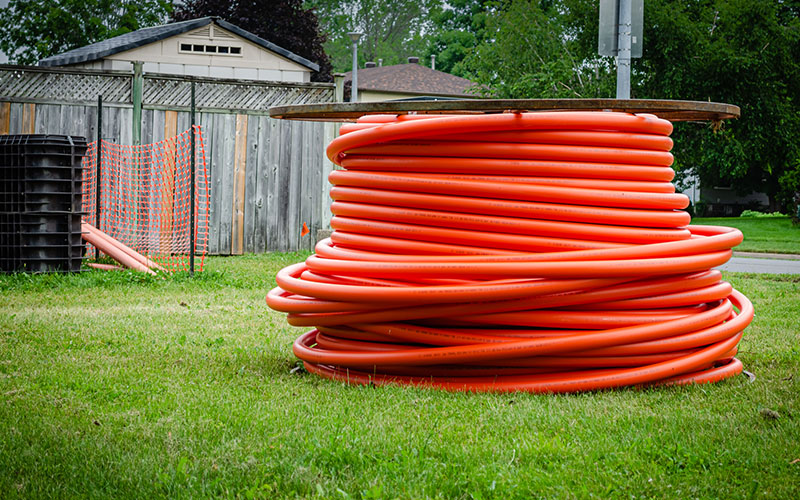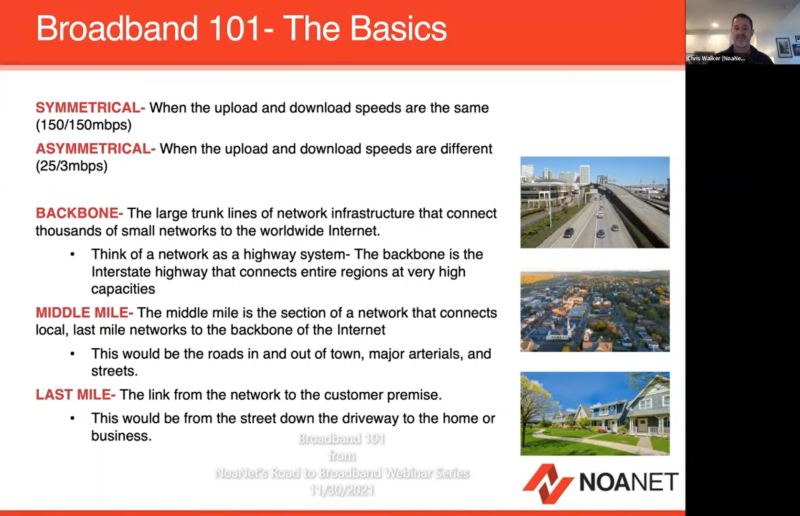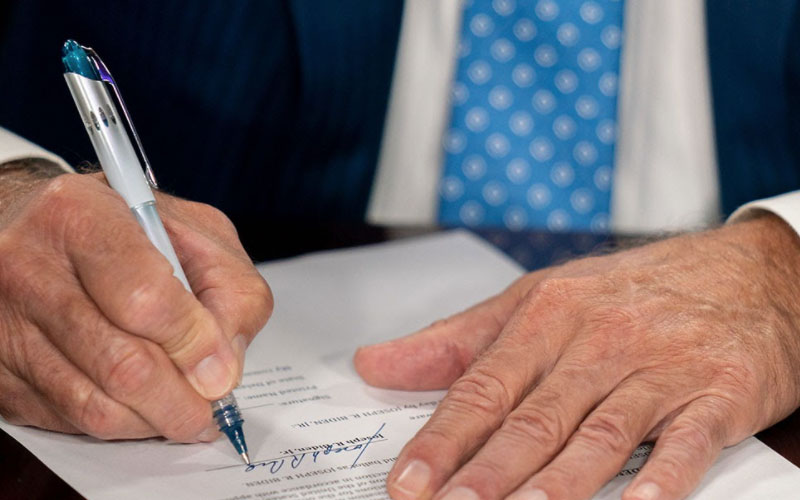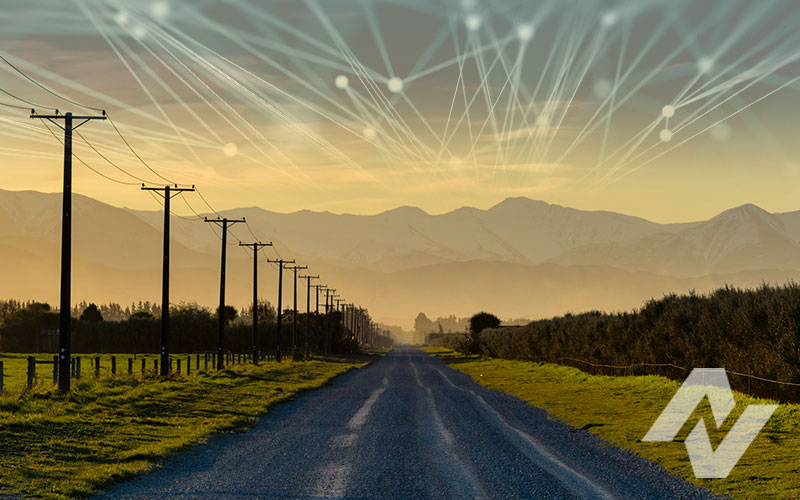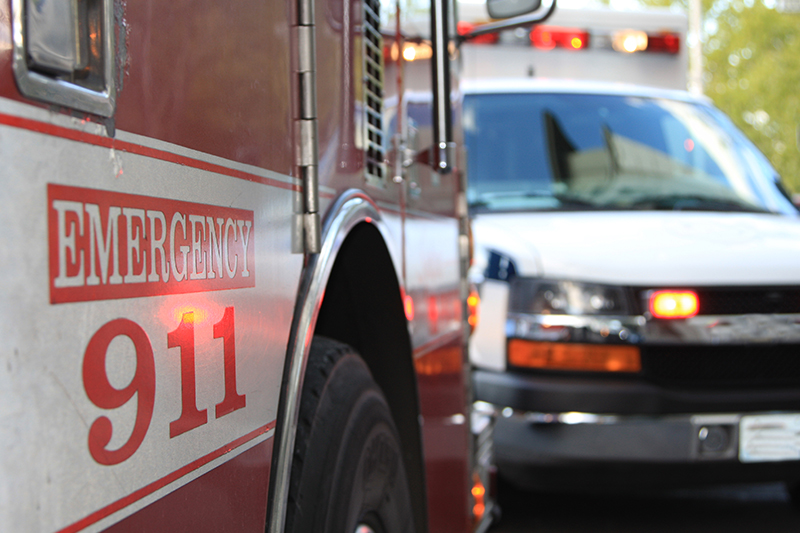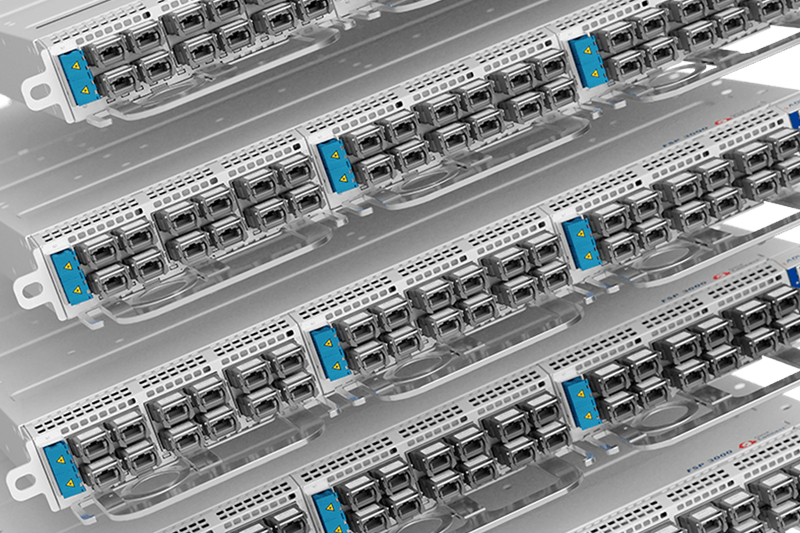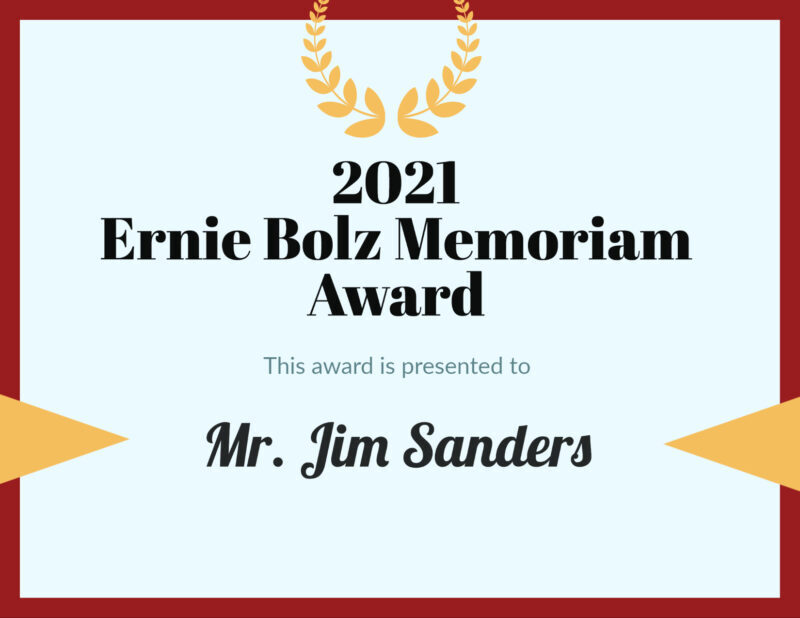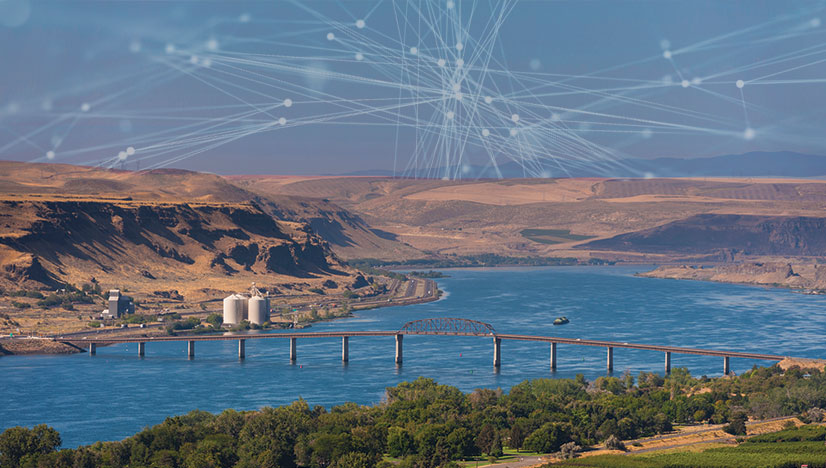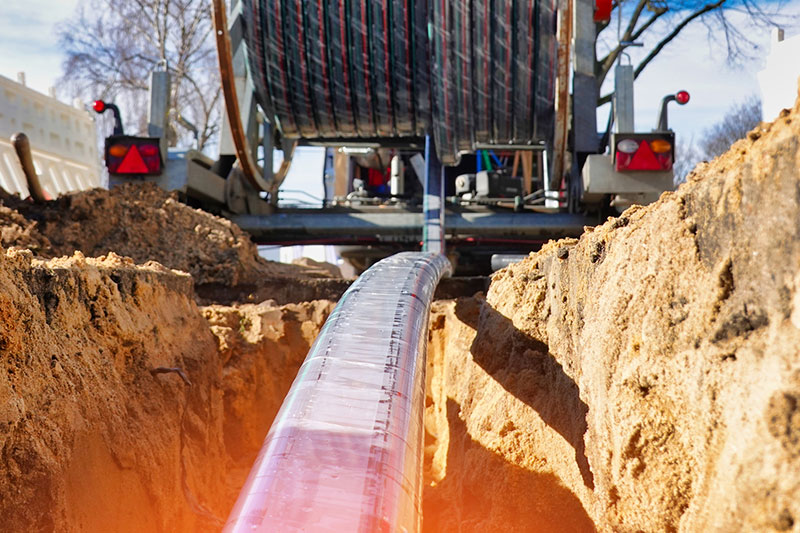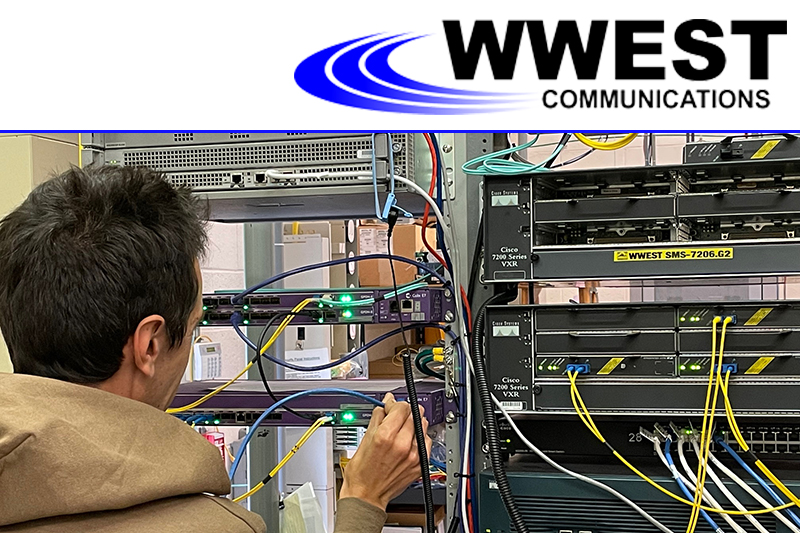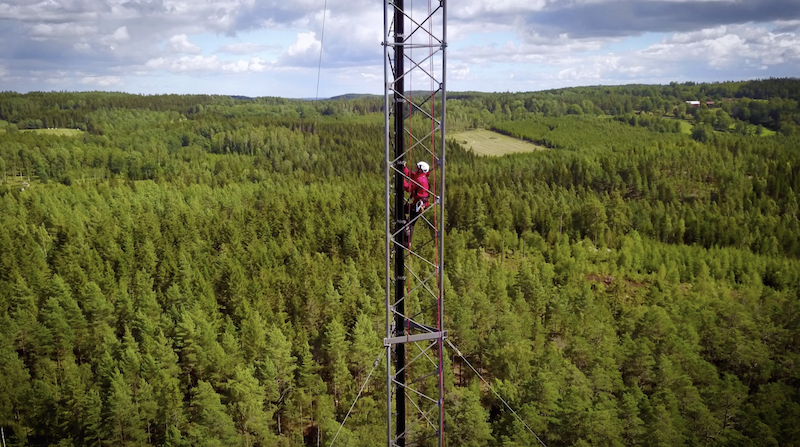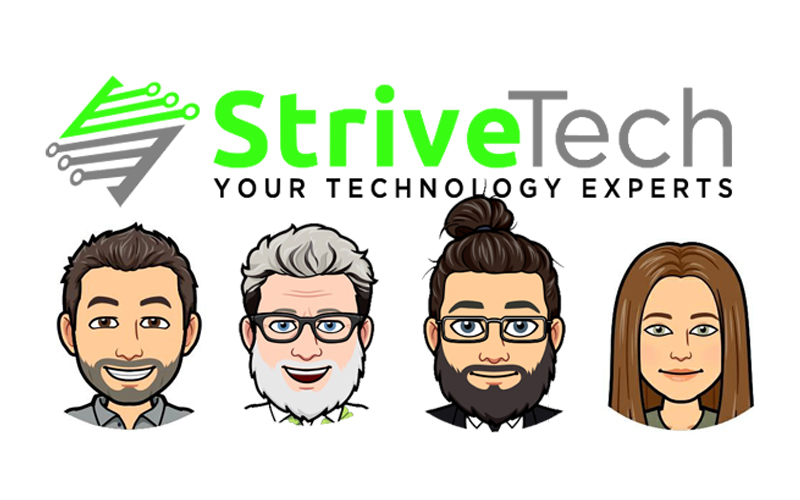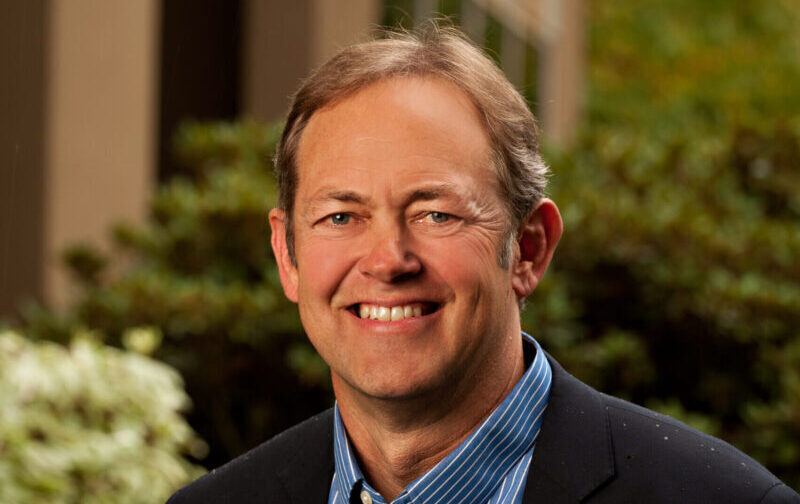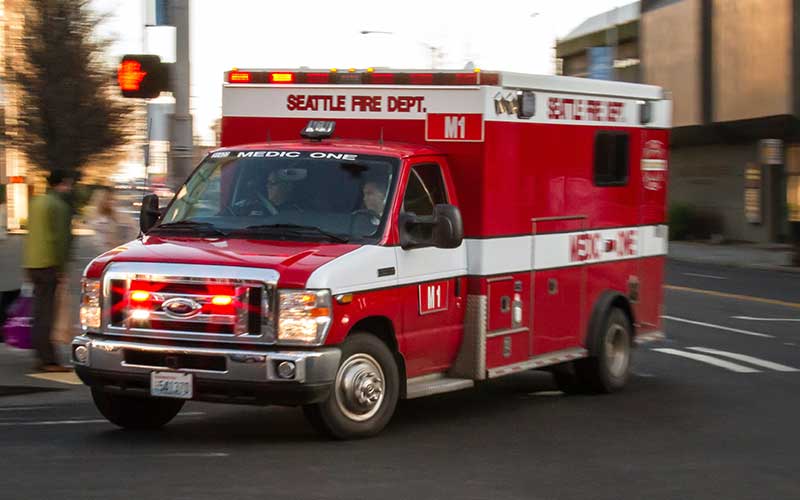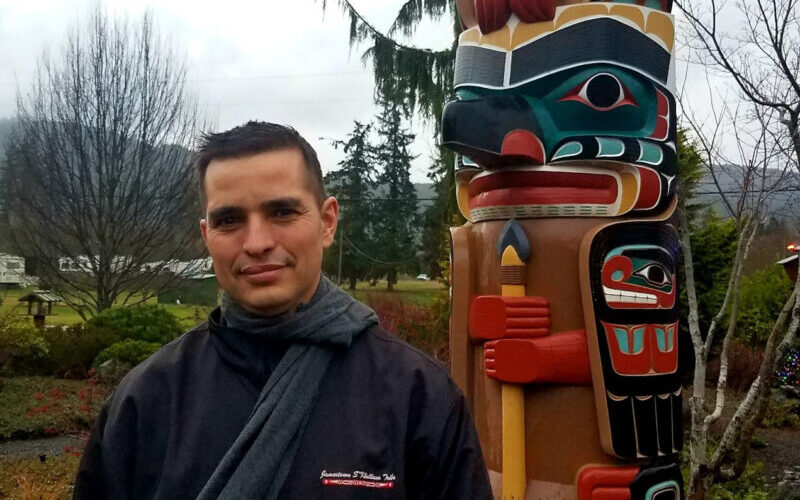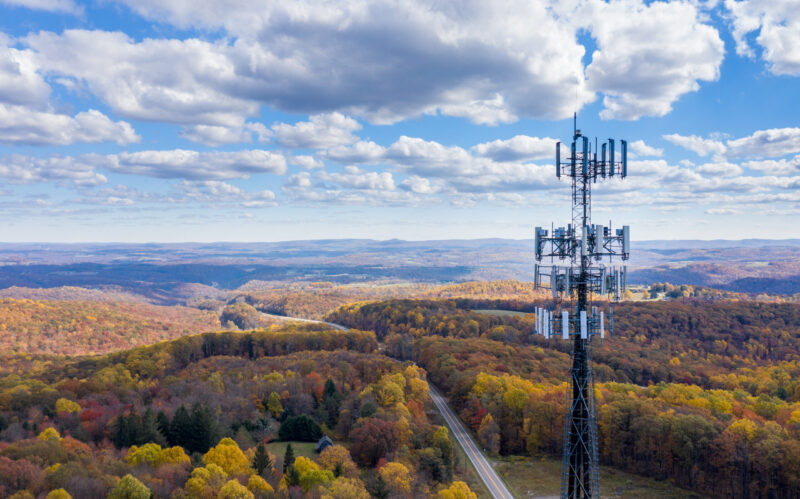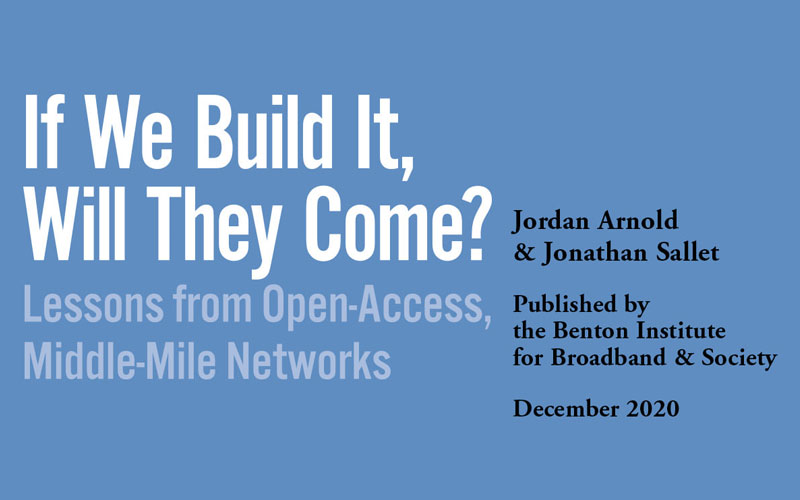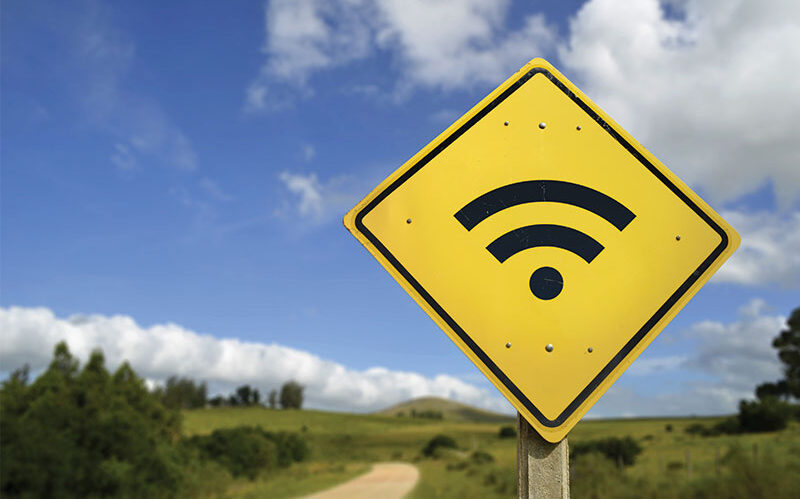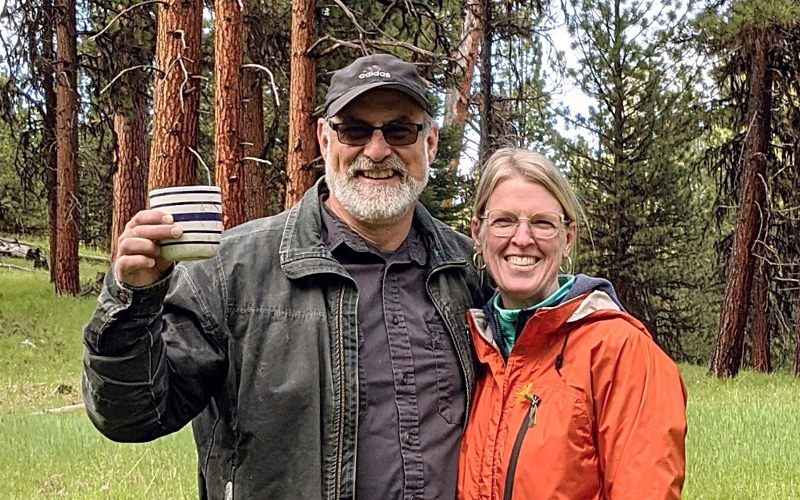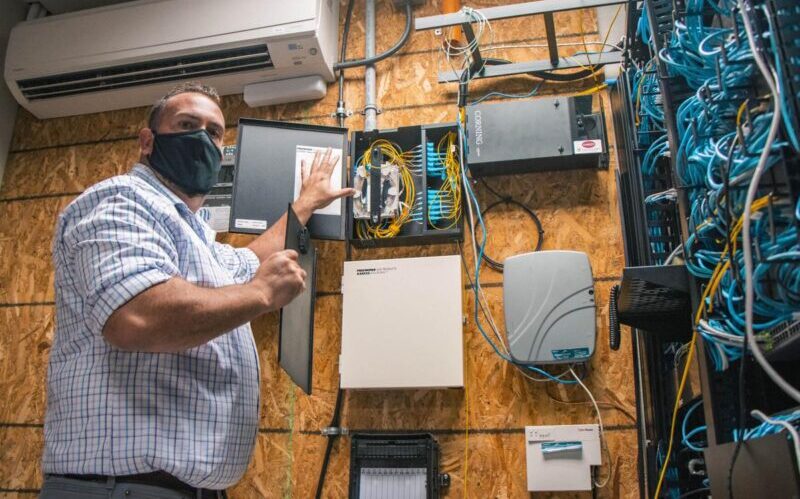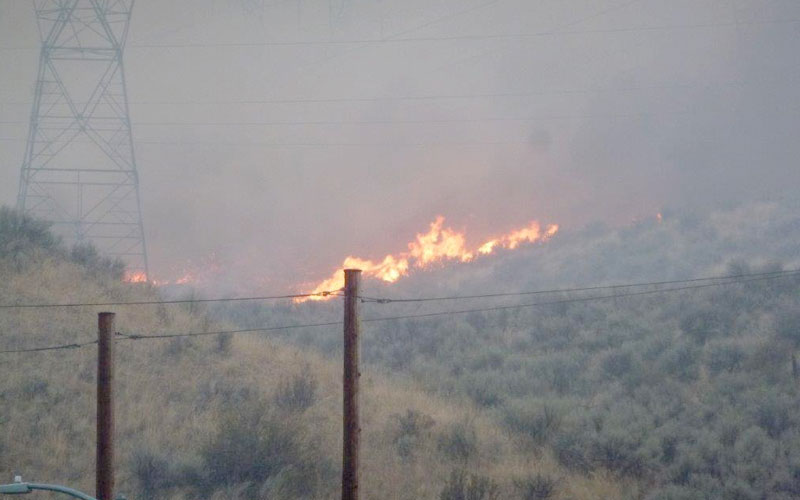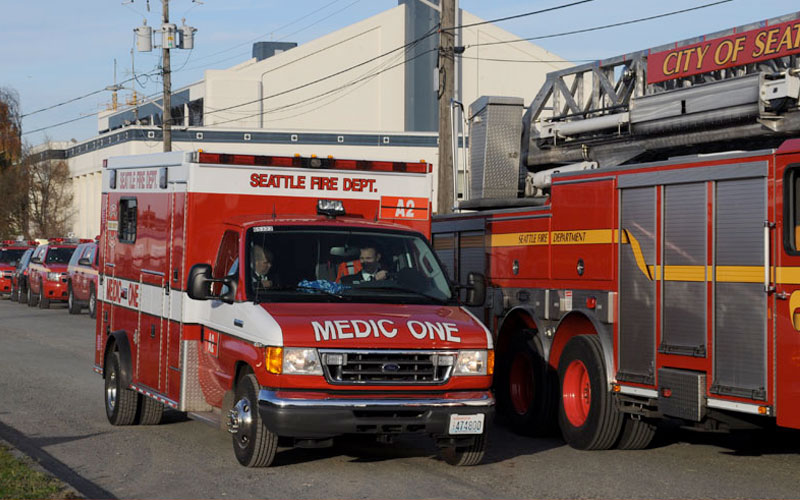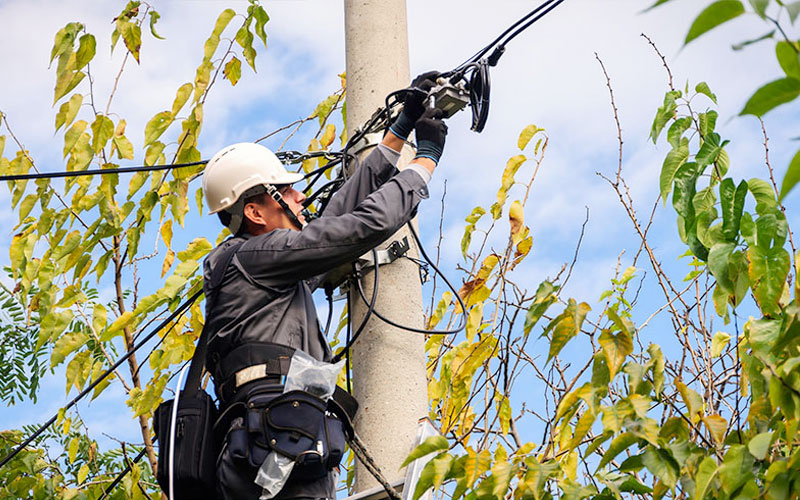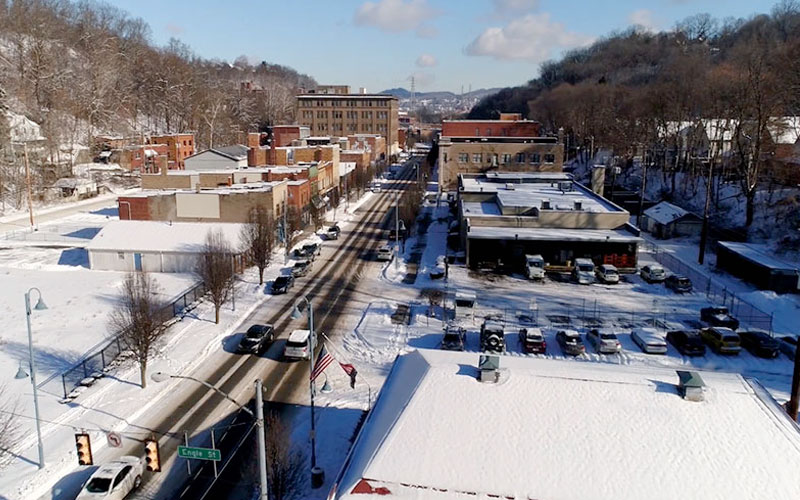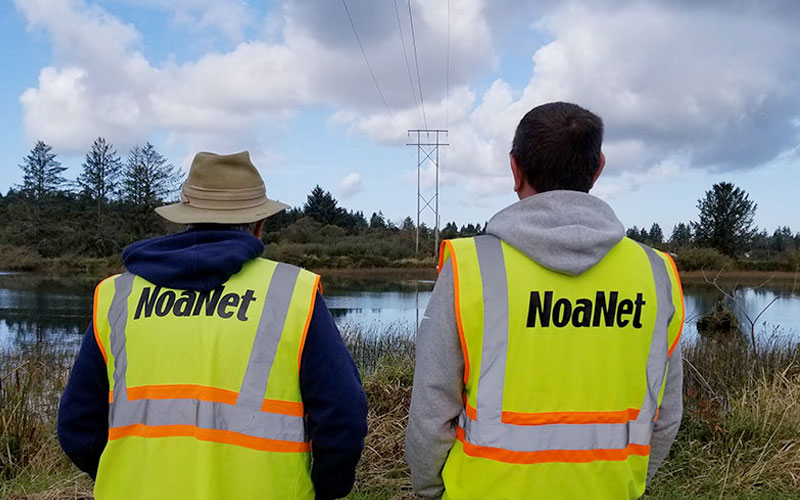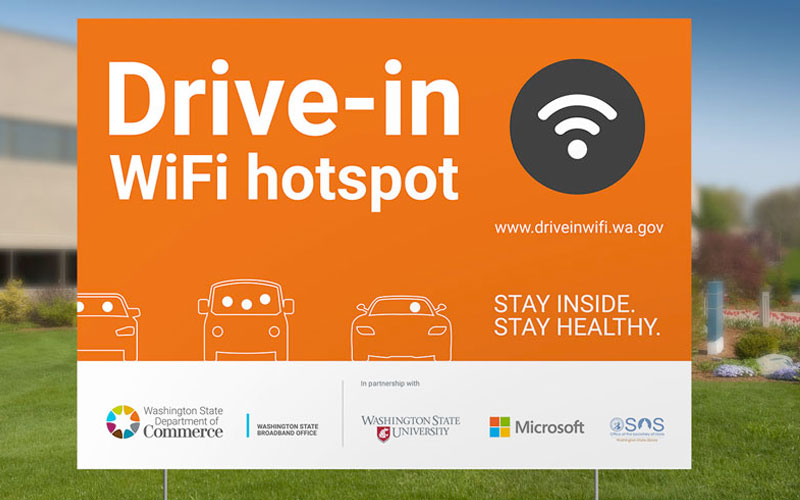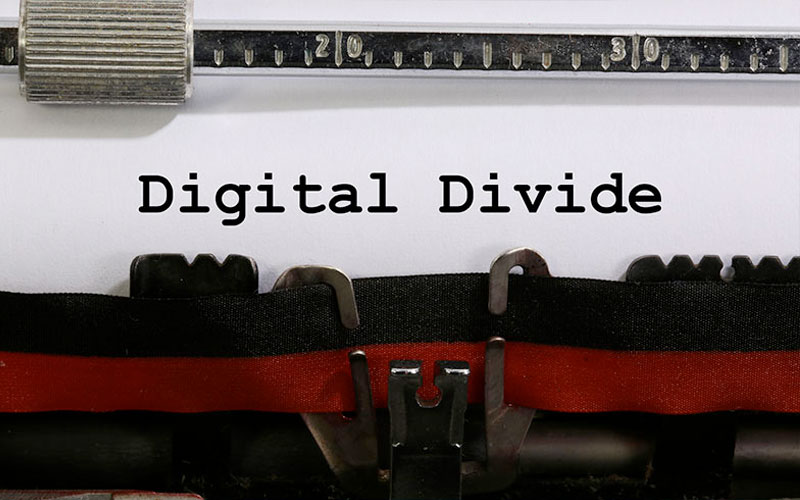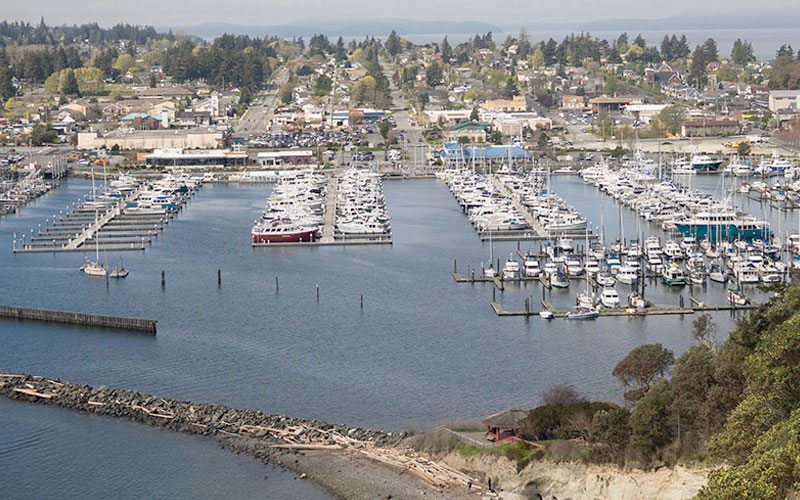More and more communities are realizing the benefits of public broadband networks to better access government services, telehealth, e-learning, remote working, and attracting new businesses. However, the road to realizing public broadband can be bumpy.
Tribal Nations and Washington State’s efforts to connect more communities to public broadband puts a lens on the challenges many localities around the country are encountering. The pathway isn’t just about getting a broadband infrastructure project shovel-ready and sourcing funds; it’s also about first removing barriers that impede public broadband progress, such as inaccurate or incomplete mapping or datasets, sourcing local staffing and talent to manage these projects, and policy barriers.
At NoaNet, we know from more than 20 years of service and connecting more than 3,300 network miles of public and tribal broadband in Washington State how transformative broadband access is for employment, housing, health, and government services. And yet, broadband access, adoption, and affordability are delineated between those with high-quality internet service and others without. Broadband inroads are coming, thanks to the flow of federal grant funds into local and tribal governments, but a digital divide still lingers.
The much-contested data from The Federal Communications Commission’s (FCC) 2020 Broadband Deployment Report reported that approximately 18 million Americans lacked the FCC’s definition of high-speed broadband service. For many local and regional telecommunication experts, the disparity of those without high-speed broadband is projected to be far worse.
Many communities have taken matters into their own hands to expand or improve their services—especially in small, rural communities where service is unlikely to pencil out for private interests. Community broadband networks, which include municipal or public option networks, now serve roughly 1,000 communities nationwide. Private and public services are not mutually exclusive, however. The two can work well together, especially in open-access network models where the public owns the network and welcomes many ISPs to use it to provide services on an equal basis.
Open-access publically owned networks have been shown to create more affordability in the spirit of healthy competition right here in Washington State, where several counties are seeing speeds of 1gbps symmetrical for the same or less than many others are paying for dial-up speeds. Another important longer-term perk of the public option is that these networks can be maintained in the public trust for long-term use by the local citizens.
NoaNet has worked with city governments, tribal nations, and rural utility cooperatives (PUDs) and witnessed firsthand how these public options for broadband positively support the delivery of high-speed and affordable internet.
Allowing communities to invest in their own social and economic success by removing legal barriers to community networks pays off. Many case studies—locally and nationally–demonstrate how publicly owned networks broaden economic opportunities by connecting people to online and government services, telehealth opportunities, e-learning, and jobs and attracting new businesses.
It is an exciting time as the value of public broadband networks is being increasingly recognized. In Washington and nationally, policies and organizations are emerging to support communities working hard to expand broadband access and increase adoption in persistently unserved areas. As communities can create their own local broadband internet networks in areas where private sector deployment hasn’t materialized, they can chip away at the digital divide and realize better quality internet access and affordability, access to new opportunities, and stronger local economies.
Northwest Open Access Network (NoaNet) is a not-for-profit wholesale telecommunications mutual corporation that has been serving Washington State since 2000. As a mission-driven organization, NoaNet focuses on bringing world-class telecommunications technology to hard-to-reach communities which lack access to high-speed affordable broadband services.

